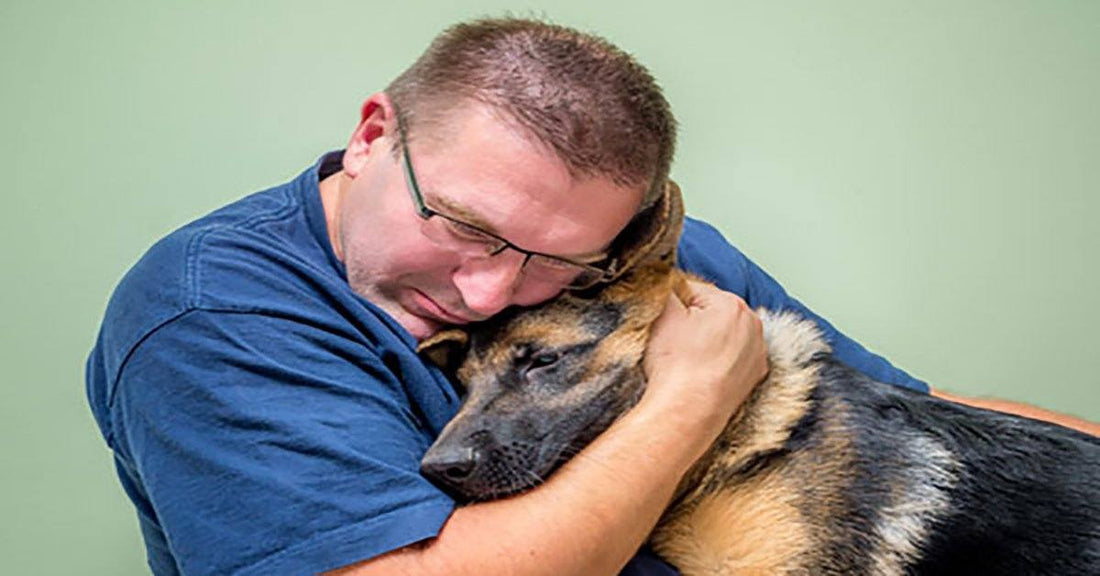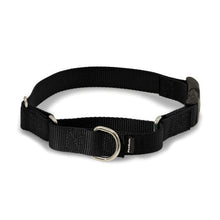How To Help A Dog With Separation Anxiety

Separation anxiety is a serious problem for dogs and their owners and symptoms can range from mild to over-the-top severe and may even progress to property damage or be life threatening when left untreated.
Some dog owners mistake the initial symptoms of separation anxiety as loving devotion or mistakenly believe their dog is misbehaving when engaged in more severe forms of separation anxiety, such as destructive behaviors while away.
Initial symptoms of separation anxiety may include:
- A dog that becomes overly anxious when you leave the house for even a few moments.
- A dog that is always underfoot and never has its own private doggy time to play, rest, chew, etc.
- A dog that performs unusual behaviors as you leave the house or while away.
- Mood or behavior changes as you prepare to leave.
True separation anxiety is not a result of boredom or a random behavior problem. Dogs that suffer from it are not acting out in anger, hostility, or as revenge for being left alone. Rather, separation anxiety is a true panic attack disorder that the dog has no control over. The key to helping the problem is not so much training oriented as it is correctly identifying the symptoms to help overcome the disorder. Any dog suffering from separation anxiety should have a complete physical by a vet to rule out an underlying health condition, such as thyroid disease.
Symptoms of separation anxiety include:
- Self-injury while trying to escape a crate, house, room, garage, yard, etc.
- Excessive digging in the house or outdoors.
- Destruction of walls, doors, or flooring.
- Demolishing of furniture and the like.
- Destroying landscaping, plants, outdoor items.
- Constant barking, whining, crying, or howling.
- Trembling, shaking, panting, drooling, pacing.
- Urinating or defecating inappropriately.
- Eating feces.
- Escaping.
Separation anxiety in dogs separates itself from normal boredom type behavior in that it is truly panic induced, and dogs will actually harm themselves while panicking.
Behaviors that are a result of boredom typically include:
- Chewing a single item, such as a sock.
- Rummaging through trash.
- Destroying a toy.
- Digging a hole for the enjoyment of it.
- Exploring with mouth and doing things that relieve boredom.
A clue a behavior is caused by separation anxiety is that it always and only happens when you are gone. Dogs can suffer from anxiety disorders much like humans, it can happen at any age, and there is often no specific trigger that you can point to. However, a traumatic event, death, sudden separation from the family, or natural disaster can sometimes be an identifiable cause.
How to help a dog with separation anxiety:
- Ignore your dog when coming and going so it’s not a big deal when you leave or arrive home. Start by ignoring the dog for 5 minutes and work up to an hour, if you need that long.
- Leave the house on very short trips (5 minutes) then slowly increase the duration and frequency as panicked behavior does not ensue while you’re gone.
- Desensitize the dog by going through the motions of leaving without truly leaving.
- Don’t try to sooth the dog when it’s anxious or you may inadvertently reward the anxious behavior.
- Leave hidden treats, safe food puzzles, and other treats he can discover while you’re gone.
- Play soothing music or turn on DogTV.
- Try a D.A.P pheromone releasing collar or diffuser.
- If she does not eat clothing or bedding, leave a blanket or a clothing article with your scent on it for her.
- Provide plenty of exercise before leaving.
- Try to identify which getting ready to leave behavior triggers the anxiety.
- Crate train, making it pleasant, so you can protect the dog while you’re gone.
- Occasionally take the dog on outings with you.
- Utilize doggy day care or a pet sitter, if needed.
- Elicit the help of a trainer or dog behaviorist for severe cases.
Since separation anxiety is not due to a disobedient behavior problem, punishment and harsh corrections will not help to overcome fear and/or anxiety. Patient, reassuring behavior, building trust and confidence will help your dog calmly spend time alone.
























